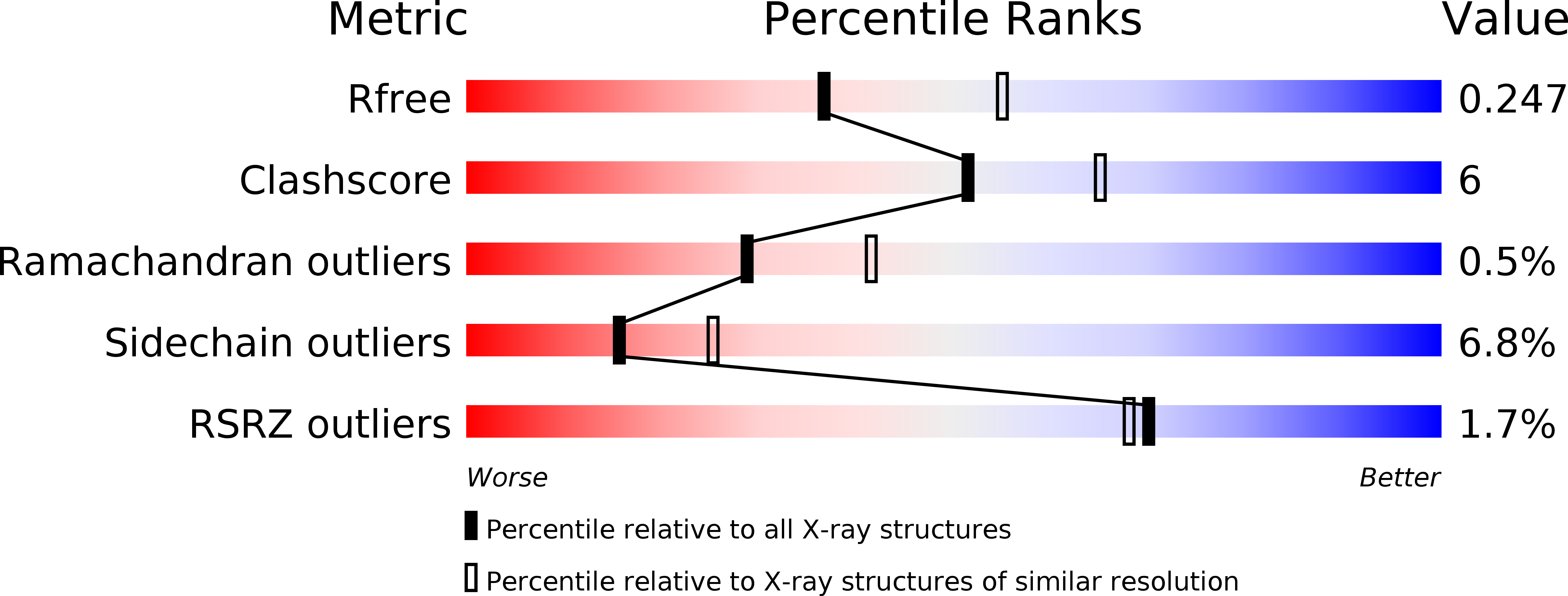
Deposition Date
2007-11-14
Release Date
2008-11-25
Last Version Date
2024-10-23
Entry Detail
PDB ID:
2VGJ
Keywords:
Title:
Crystal structure of Actinomadura R39 DD-peptidase complexed with a peptidoglycan-mimetic cephalosporin
Biological Source:
Source Organism:
ACTINOMADURA SP. (Taxon ID: 72570)
Method Details:
Experimental Method:
Resolution:
2.40 Å
R-Value Free:
0.24
R-Value Work:
0.19
R-Value Observed:
0.19
Space Group:
P 1 21 1


